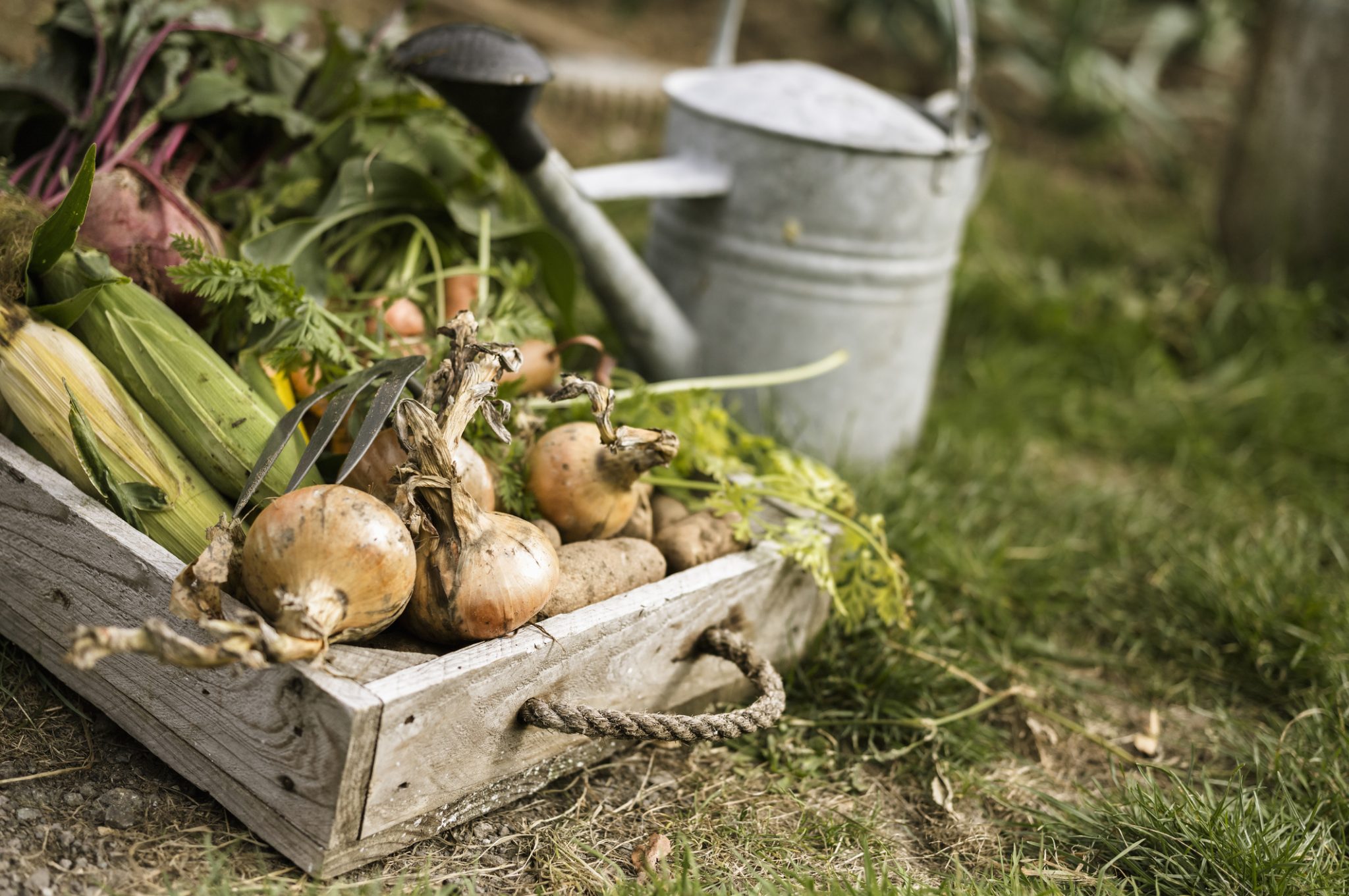Lawn & Garden

Rotating vegetable plantings reduces infestations that damage your garden. Learn keys to successful crop rotation.
Among the joys of gardening are poring over seed catalogs and sketching a layout for next year’s vegetable garden. When planning your vegetable garden, keep in mind the importance of crop rotation. Planting different crops in a location as opposed to planting the same crop in the same spot each year can reduce problems with insects, nematodes, and diseases.
Disease-causing organisms and nematodes slowly accumulate in the soil over time. Growing the same crop in the same location year after year allows these organisms to reach levels that can cause infection of plants or simply kill them outright.
Another reason to rotate is that some crops use more of certain nutrients. Growing the same crop in the same spot can deplete the soil of those nutrients.
When deciding how to rotate plants in your garden, you first need to know the family of vegetables that a certain plant represents. You do not want to rotate to a crop within the same family. For example, Irish potatoes, eggplants, and tomatoes are all members of the nightshade family. Do not plant Irish potatoes this year in the same location that you planted eggplants last year.
The table of vegetable plant families provided here offers you an easy guide to follow when choosing a crop to plant. Do not plant anything from the same family in the same location or in the same soil 2 years in a row. This is the key to successful crop rotation in a home garden.
Vegetable Plant Families
| Family | Common Varieties |
|---|---|
| Alliaceae (onion family) | onion, garlic, leek, shallot, chive |
| Apiaceae (carrot family) | carrot, parsnip, parsley, celery |
| Asteracease (sunflower family) | lettuce, endive, escarole, salsify, Jerusalem artichoke |
| Brassicaceae (mustard family) | cabbage, broccoli, cauliflower, Brussels sprouts, kohlrabi, turnip, Chinese cabbage, kale, collards, mustard greens, radish, rutabaga |
| Chenopodiaceae (goosefoot family) | beet, Swiss chard, spinach |
| Convolvulaceae (bindweed family) | sweet potato |
| Cucurbitaceae (gourd family) | cucumber, muskmelon, watermelon, summer squash, winter squash, pumpkin, gourd, honeydew |
| Fabaceae (pea family) | English pea, snap bean, lima bean, soybean, cowpea, field pea |
| Malvaceae (mallow family) | okra |
| Poaceae (grass family) | sweet corn, popcorn, ornamental corn |
| Solanaceae (nightshade family) | tomato, pepper, eggplant, Irish potato, husk tomato |


